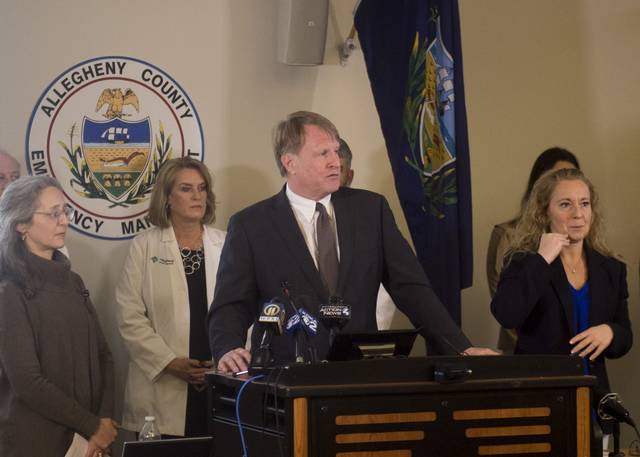Editorial: The price of voting is worth every penny, but who pays it?
Funding and flexibility: That is what Allegheny County Executive Rich Fitzgerald would like when it comes to elections.
On Tuesday, Fitzgerald testified before the Pennsylvania Senate’s Special Committee on Election Integrity and Reform via Zoom, along with officials from Philadelphia. It was a glimpse into how the state’s two largest population centers handled the weight of the 2020 General Election.
The two counties did much of the heavy lifting when it came to registering, accepting and counting the 6.9 million Pennsylvania votes cast in November 2020, with a record 70.93% voter turnout.
At the time, then-Secretary of State Kathy Boockvar was “thrilled” with proof of “the vitality of our democracy.” But now the legislators are looking for more specifics, and that’s where Fitzgerald came in.
They may not be as thrilled with the financial numbers.
The 2020 election cost Allegheny County $14 million — 130% more than the 2019 voting. Some of that is to be expected in a presidential year that always has higher turnout than a year when state or county offices are the highlights. But the circus that surrounded a pandemic election for a hotly contested presidency was not cheap.
Fitzgerald testified to $7.5 million being paid by taxpayers. Federal CARES funding paid for some more — we would point out to the county executive that money also comes ultimately from taxpayers. Another $2 million for staffing satellite locations came from the private-sector nonprofit Center for Civic Life.
Going forward, if the state is going to make rules that require the county to bear more costs such as postage and printing, marketing and training, Fitzgerald thinks the people of Allegheny shouldn’t have to pick up the tab for an unfunded mandate. There is logic there.
But the flexibility could be a different story. While flexibility in some things like the staffing requirements Fitzgerald cited might be a good idea, a little more rigidity might be better in others.
Different interpretations of rules between Allegheny and Westmoreland county created the vote-counting logjam that meant state Sen. Jim Brewster wasn’t sworn in as the 45th District’s voice on the same day as the rest of his colleagues.
Flexibility and funding are helpful, and the Senate definitely should keep Fitzgerald’s assessment in mind going forward. But before the next votes are counted, the rules about what is counted and what isn’t need to be firmly understood by every county.
Remove the ads from your TribLIVE reading experience but still support the journalists who create the content with TribLIVE Ad-Free.

